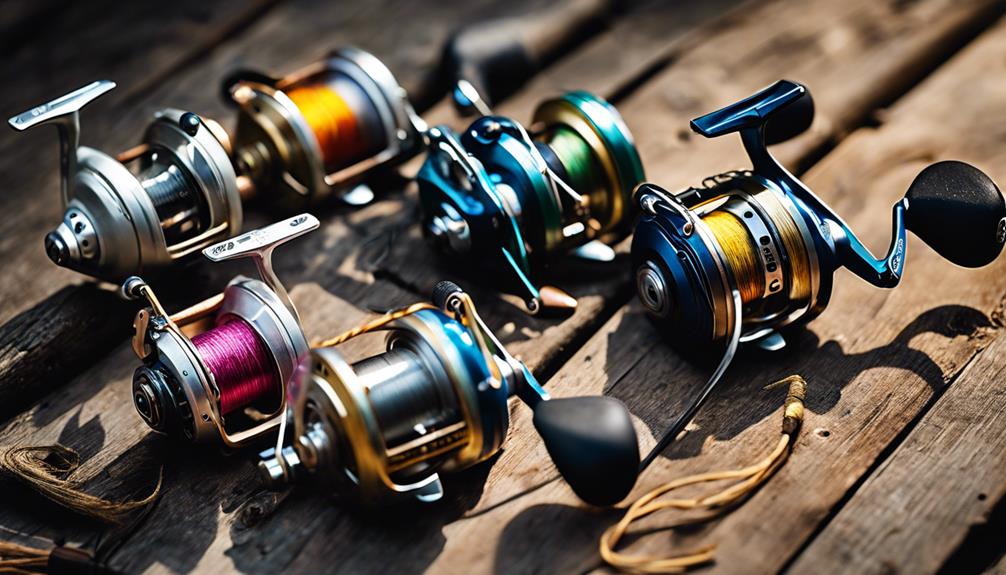Fishing is not only a popular pastime but also a rewarding way to connect with nature and unwind from our busy lives. If you’ve ever wondered how to catch a fish, this guide is tailored for you. We’ll cover everything from selecting the right equipment to understanding fish behavior, ensuring you have the knowledge needed for a successful fishing trip.
Understanding the Basics of Fishing
Before diving into the specifics of how to catch a fish, it’s essential to understand the basics of fishing. Fishing involves using a rod, reel, line, and bait to attract fish. Depending on the type of fishing you choose—be it freshwater, saltwater, or fly fishing—the techniques and equipment may vary. Familiarizing yourself with these elements will set the foundation for a successful fishing experience.
#
Choosing the Right Equipment
One of the first steps in learning how to catch a fish is selecting the right equipment. Your gear will significantly influence your success rate. A basic fishing rod and reel combo is ideal for beginners. Look for a medium-action rod that is versatile enough to handle different species. Additionally, choose a fishing line with a suitable pound test based on the type of fish you’re targeting. For instance, lighter lines (6-10 pound test) are great for panfish, while heavier lines (15-30 pound test) are better for larger species like bass or catfish.
#
Understanding Fish Species and Their Habitats
Different fish species inhabit various environments, and understanding these habitats is crucial when figuring out how to catch a fish. Freshwater fish are typically found in lakes, rivers, and streams, while saltwater fish inhabit oceans and coastal areas. Research local species and their preferred environments, such as shallows, deep waters, or near structures like rocks and weeds. This knowledge will help you choose the best locations for fishing and increase your chances of a successful catch.
#
Choosing the Right Bait and Lures
Bait selection is another critical aspect of how to catch a fish effectively. Live bait, such as worms, minnows, or insects, can be highly effective, especially for beginners. On the other hand, artificial lures—like spinners, jigs, and crankbaits—can also attract fish. The choice between bait and lures often depends on personal preference and the type of fish you intend to catch. Experimenting with different options can help you determine what works best in your fishing location.
#
Learning the Techniques of Fishing
Once you have your equipment and bait ready, it’s time to learn the various techniques of fishing. Casting is the most fundamental technique, involving throwing your line into the water and allowing it to sink. When you feel a tug, it indicates a fish may be nibbling on your bait. Other techniques include trolling (pulling a lure through the water) and bottom fishing (allowing bait to rest on the bottom). Each method has its unique advantages, so practice is key in mastering them.
#
Timing and Weather Conditions
Timing can significantly impact your success in how to catch a fish. Fish are more active during specific times of the day, often feeding early in the morning or just before dusk. Additionally, weather conditions play a vital role in fish behavior. Overcast days can be excellent for fishing as fish tend to be more active. Conversely, sunny days might require you to fish deeper or seek shaded areas. Understanding these patterns can help you plan your fishing trips for optimal success.
#
Practicing Patience and Persistence
Fishing requires a great deal of patience and persistence. Even seasoned anglers know that not every trip will yield a catch. It’s essential to remain calm and enjoy the experience, regardless of the outcome. Spend time observing your surroundings, learning from other anglers, and refining your techniques. Each fishing trip presents an opportunity to improve your skills in how to catch a fish and develop a deeper appreciation for the sport.
#
Cleaning and Cooking Your Catch
Once you’ve successfully learned how to catch a fish, the next step is to enjoy your catch. Cleaning fish can seem daunting at first, but it becomes easier with practice. Start by scaling the fish, removing the entrails, and rinsing it thoroughly. After cleaning, you can cook your fish in various ways—grilling, frying, or baking are popular options. Not only is it rewarding to catch your own fish, but it also offers a delicious meal that you’ve prepared yourself.
Conclusion
Learning how to catch a fish is an enriching experience that combines skill, patience, and a love for the outdoors. From understanding the right equipment to mastering fishing techniques and knowing when to fish, each aspect plays a vital role in your success. Embrace the journey, practice regularly, and remember that the thrill of fishing lies in both the catch and the time spent in nature. Happy fishing!
